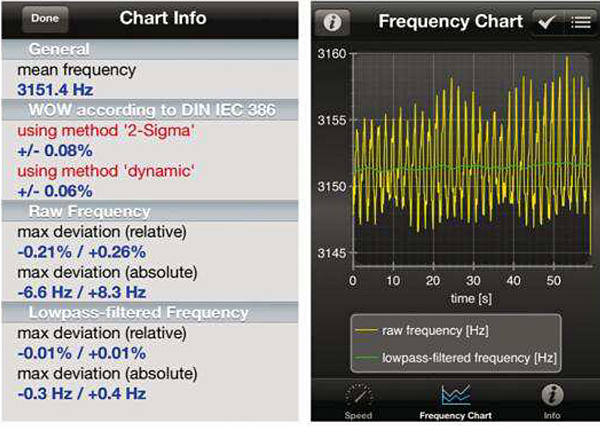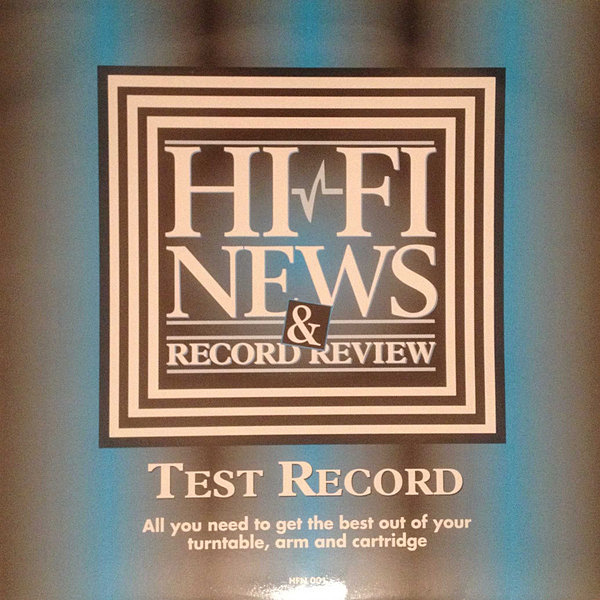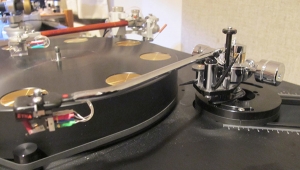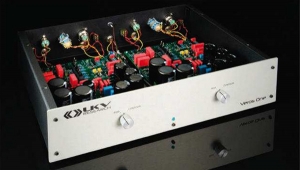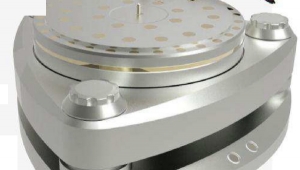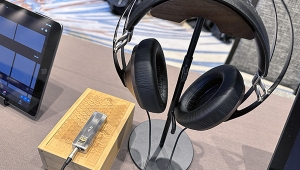| Columns Retired Columns & Blogs |
Hi
Not my experience, pal.
I was sooo delighted when I first played the Danish-made B&O Beogram 4000 tangential tracking arm belt-driven record player back in 1970s. The first electronically controlled automatic TT in the world back then!!!
Immaculate performance with touch control !
This 12Kg-weight human wonder of art was displayed in the New York Musium of Modern Arts (MoMA) in 1973 !!!
Jack L
